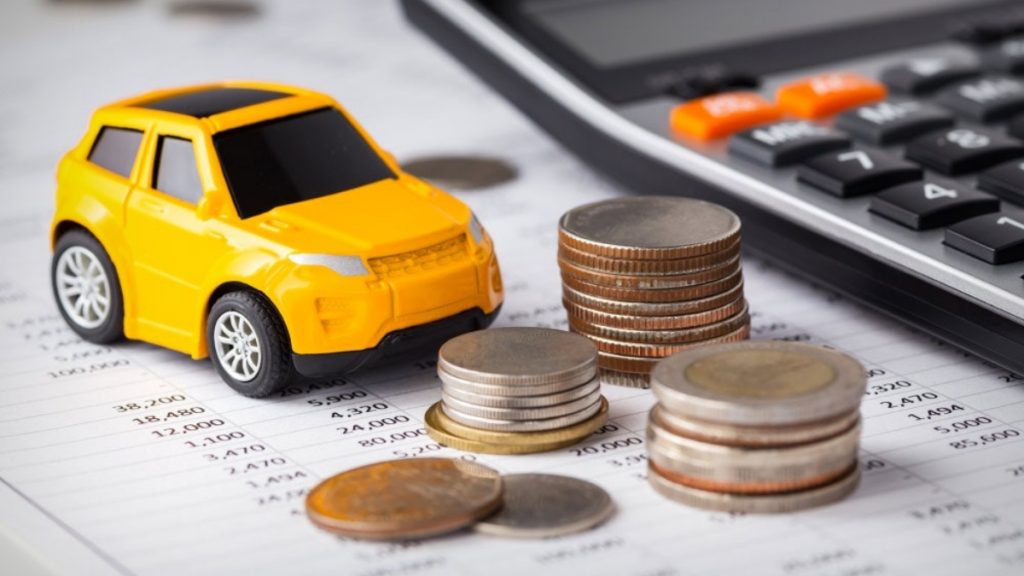Have you ever questioned why the rates for your auto insurance vary from those of others? It goes beyond where you live or driving history. The kind of car you drive also dramatically impacts how much your auto insurance costs. This blog post will discuss how vehicle type affects auto insurance prices and how your premiums may change.
How vehicle type affects insurance premiums?
When determining premiums, auto insurance companies take into account several vehicle-related elements. Different car types can impact your insurance prices in the following ways:
1. Safety ratings and features
Vehicles with certain safety features sometimes have reduced premiums from auto insurance companies because they minimise the chance of accidents and may better protect passengers in the event of a collision.
Certain safety elements may also lessen the likelihood of theft. Safety features such as electronic stability control, anti-theft devices, anti-lock brakes, and curtain airbags are frequently examined by insurance companies.
2. Performance vehicles
High-performance or sports automobiles typically have higher insurance costs. Their capacity for faster speeds may increase the likelihood of collisions.
3. Risk of theft
Insurance prices go up because there is a greater chance of theft with specific models because they are more appealing to thieves.
4. Vehicle size
In addition to the car’s manufacturer and model, the size affects the yearly premium. Because large cars can cause more damage, insurance may cost more for vehicles with more extensive and heavier structures.
Furthermore, compared to ordinary vehicles, tiny automobiles typically present a lower risk of collisions with other vehicles on the road, frequently resulting in lower insurance costs.
On the other hand, compared to smaller, lighter cars, larger cars might also offer superior crash protection during an accident. This may entail lower medical expenses related to an accident lawsuit.
5. Repair and parts costs
Parts prices and repair expenses differ depending on the manufacturer and model. Parts for local cars are typically less expensive than those for foreign cars. Additionally, the cost of maintaining and replacing luxury car parts is typically higher than that of lower-end models. Thus, luxury and foreign cars typically have higher insurance costs.
6. Engine cubic capacity
Engine cubic capacity varies among automobile models, which immediately impacts the cost of auto insurance. The cost of insurance will increase for cars with more large engines. In a similar vein, the age of the car influences both the insured’s reported value and the premium. Older cars will have cheaper premiums than newer models.
7. Type of fuel
Car insurance rates also vary based on the fuel type used in the vehicle, including gasoline, diesel, CNG, LPG, and electric motors. The third-party liability insurance premium for vehicles powered by compressed natural gas (CNG) is subject to an extra levy of at least Rs. 60. The premium will also change based on whether the CNG kit is installed outside or internally.
Finding the right insurance for your vehicle
Finding the right insurance for your vehicle is vital for protecting your investment and ensuring peace of mind on the road. Here are six key points to guide you in selecting the best policy:
1. Understand your needs
Start by assessing your specific needs. Consider factors like the type of car you own, your driving habits, and your budget. You might need a comprehensive policy if you drive frequently or have a high-value car. On the other hand, if you have an older vehicle or drive less often a basic third-party policy might suffice. Knowing your requirements helps you choose a policy with adequate coverage without overpaying.
2. Compare plans
Don’t settle for the first insurance plan you come across. Take time to compare different plans. Look at the coverage details, premiums, deductibles, and any additional benefits or add-on covers offered.
Online comparison tools can simplify the whole process, allowing people to compare multiple policies side-by-side. By comparing, you can find the best deal that delivers maximum benefits at a reasonable cost.
3. Check the insurer’s reputation
The insurance company’s reliability is just as important as the policy itself. Research the insurer’s reputation by reading customer reviews and checking their claim settlement ratio.
4. Evaluate coverage options
Ensure the policy covers essential areas such as damage from accidents, theft, natural disasters, and third-party liabilities.
Some policies also offer personal accident coverage and protection against uninsured drivers. Evaluate what is included in the standard policy and what requires add-on covers. Opt for a policy that offers comprehensive protection for your specific needs.
5. Consider add-on covers
Add-on covers can enhance your car insurance coverage. Common add-on covers include depreciation, roadside assistance, engine protect, and consumables cover. While these increase the premium, they provide additional protection and peace of mind.
6. Review the policy document carefully
Before finalising your decision, read the policy document thoroughly. Ensure you understand all terms and conditions, coverage details, exclusions, and the claim process. Moreover, pay attention to the fine print to avoid any surprises later on. If you have any doubts, ask the insurer for clarification.
The Bottom Line
As a result, owning a luxury car in India is not difficult to maintain and repair, but it may also increase the driver’s insurance costs. Nevertheless, as long as it respects the owner’s aesthetics, owning such expensive versions is a source of pride and joy.




